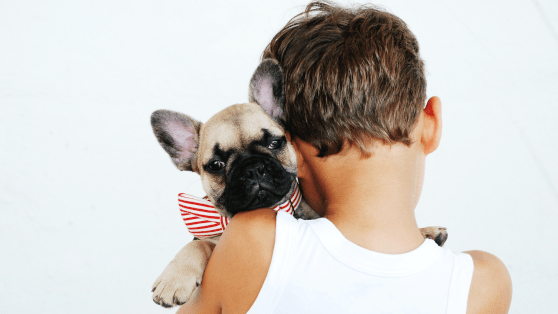Controlling Feelings
Controlling feelings can be hard for your children to do, but also for ourselves. We have to get our bodies into habits that help us relax. Quite often our lives and the lives of our children are super busy and hectic, running from one activity to another with little time to be calm. This becomes a habit and children can become overstimulated making relaxing hard to do. When they are in this stimulated state, controlling feelings is much more difficult.
They can become overexcited and then end up hurting themselves or others or be unable to calm down to get ready for sleep. Or they can become overstimulated and lose their temper when things are not going their way. So helping children develop habits that create a calm state is always going to help. One way to do this is through visualisations. This is using pictures in our minds to help us feel relaxed and calm.

Visualisations
Imagining a picture of a calm place and time is one way. This could be a place they have been to or an imagined place. There are a few things to keep in mind before you start:
Choose a time and place where you can be quiet and not be disturbed. Bedtime can be a useful place to start this. Make sure your phone is off or not with you. Talk with your child about what you are doing and why it is useful for them to learn to relax. You could suggest they close their eyes but not all children want to do this and its more important to let them be comfortable than to insist they close their eyes.
- Describe this calm place using all the senses
- For example the colours and shapes of what they might see, like the blue of the sky
- The sounds they might hear like the seagulls or water splashing
- The smells they might encounter like the smell of the sea
- The feel of things like the sun on their back
- Notice the feelings you have. Calm and peaceful or happy and how relaxed you have become
- This is their special place, encourage them to call it their calm or happy place that they can return to at any time
- Another way to help children control their feelings is through controlling their breathing and there are a wide range of activities available for this. One thing to keep in mind is that children’s diaphragms are smaller than adults so keep the intervals short
- Square Breathing is good for children because it has a visual aspect alongside the breathing exercise. You could pin the picture up as a reminder or put it inside their Magic Box.
